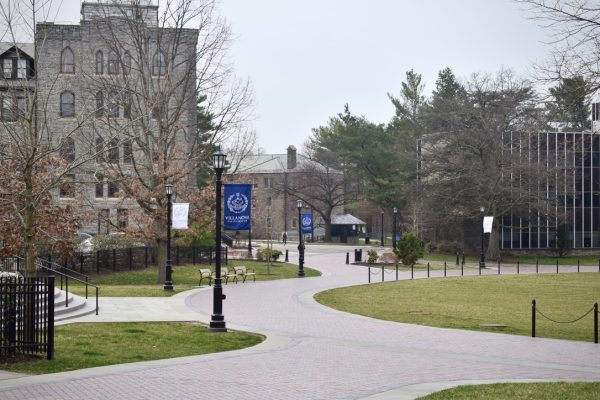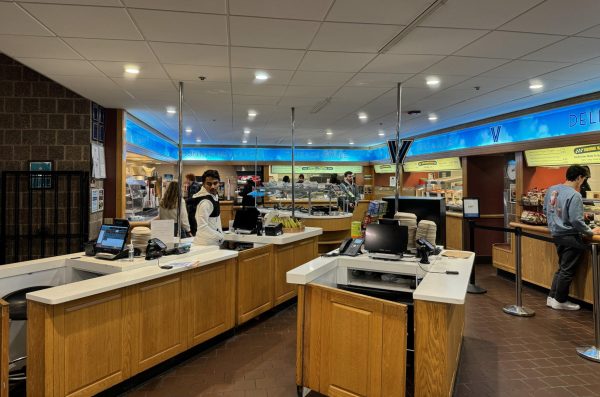Why It Is Sometimes Okay to Be a “Bystander”
September 28, 2022
In our fast-paced world of instant connections and updates, we are constantly checking our phones and constantly being fed information – regardless of whether it is the truth or not. The media has all of the power over the masses. It feels ironic to be writing this article against the overwhelming quantity of the media, knowing that this too will also only become a part of that impossible collection. Therefore, I urge you to read this opinion with an eye for criticism and doubt, as all things should be read with.
In theory, social media provides an avenue for the spread of ideas, the connection of people from different areas and a global culture, and it has been doing all of these amazing things for as long as its existence. We can see and read about almost every single topic imaginable online and stay connected with friends and family. Social media can also unite people for a greater cause.
However, not many talk about the darker side of the perfect vacations, infographics and “gym bod” pictures on Instagram, TikTok, Snapchat and other popular social media platforms. The image people make of themselves online is usually a saturated version of their life that captures only the most picturesque moments — myself included. Similar to our edited, cropped and manipulated pictures of ourselves, this occurrence is also applied to social justice issues.
In the wake of the prominent #BlackLivesMatter Movement in 2020, my Instagram feed was flooded with reposts and shares on people’s stories about the violence imposed on Black Americans and beautified infographics that displayed statistics, general information and links. The infographics were often reposted on stories with diction that imposed guilt on those who saw the post but did not share it publicly to their platform. The general consensus was that if you did not repost, you were racist and did not care about the cause. This was true not only for the Black Lives Matter Movement, but also for the Stop Asian Hate Movement, the Me Too Movement and other societal issues that arose during the turbulence of the pandemic.
Every day, I checked my phone with anxiety, scared to come across a post that would shame me if I did not share my concern online for everyone to see. It was easy to give in to the pressures of liking, reposting, tagging and creating, but what I realized in the midst of this overload of media was that I truly did not understand what exactly I was supporting or why I was doing it. I was a fish in an ocean of information and while everyone was advocating to “stay woke” and support charity, the problem with woke culture is that it is temporary and contributes only to our egos without truly helping any cause.
Our story reposts disappear within 24 hours, and we usually read one infographic, sympathize with its words and repost without a second thought. This performative activism only feeds into the maze of misinformation and excess content that people have to filter through. Because we are seeing everything all at once, it becomes impossible to cater to every cause and every event. We as human beings are not meant to keep up with every single person we have met in our lifetime nor support every single humanitarian crisis. There will always be revolutions, disruptions and problems in each moment of each day, and it is simply not within our ability as individuals to come to the aid of every single one.
Instead, it is our duty as consumers and people of the masses to educate ourselves about the causes we truly resonate with and research as much as we can before taking any actions, for action without sound education can be more dangerous than complacency. Oftentimes, the media shames “bystanders” for being hesitant to share publicly about briefly generalized social justice issues, but the label “bystander” is an issue within itself, calling for superficial awareness rather than educated support.







